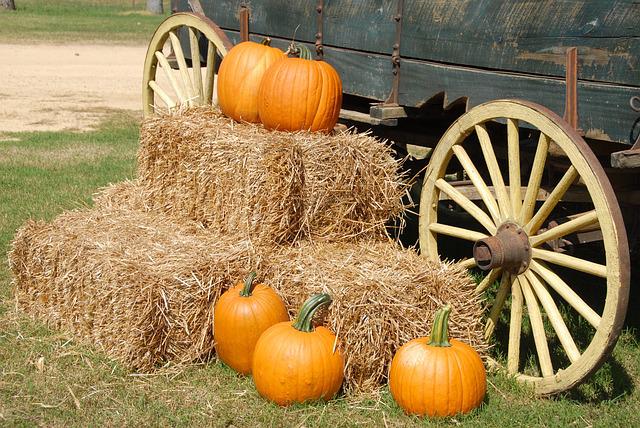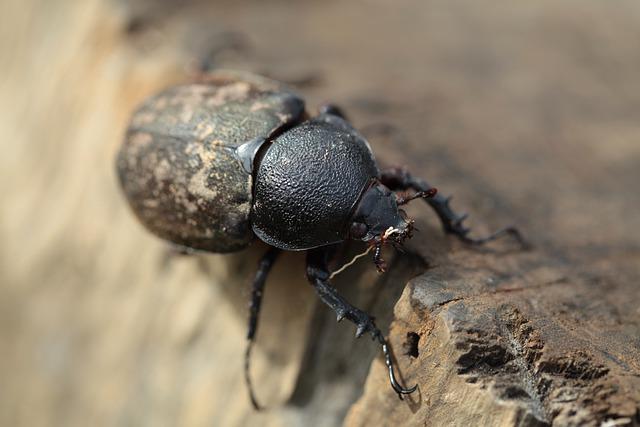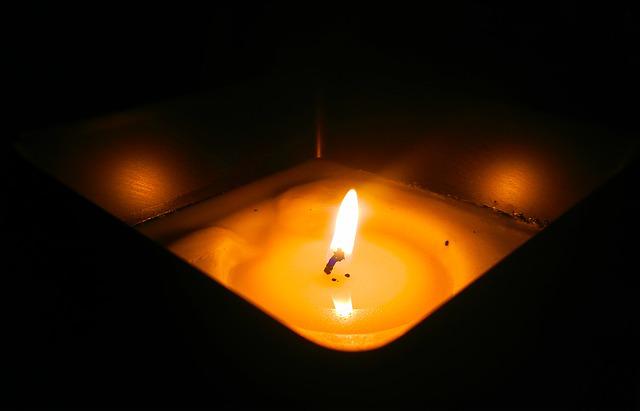Do Pumpkins Attract Bugs? 6 Tips on Keeping Bugs Away from Your Pumpkins

Pumpkins are known to be a magnet for bugs, mainly because of their sugar. As pumpkins grow and produce more sugar, they become an attractive food source for pests. This is especially true during the autumn months when insect populations are at their highest.
To prevent bug problems, it’s best to remove any infested pumpkins as soon as you notice signs of damage or insects. Furthermore, make sure that your pumpkin patch is well-maintained and free from weeds so that bugs have less habitat to spread their infection around. Finally, keep your windows closed during the peak season for optimum protection against bug infiltration.
Table of Contents
Are Pumpkins a Food Source for Insects and Other Pests?
Pumpkins are a popular food source for insects and other pests, but this is typically not a problem. The soft skin of pumpkins makes them easy to damage, which provides prey opportunities for bugs such as aphids, mealybugs, and scale. However, if you have an infestation that appears to be based on pumpkin consumption rather than another cause (like light penetration or water infiltration), then treating the affected plants may be necessary.
What Types of Bugs Attracted to Pumpkins?
Aphids
Aphids cause damage to a diverse array of plant species. The leaves can become yellow if there is a heavy infestation of the plant. These parasites cause harm to plants, spread disease from one plant to another, and leave behind sticky droppings. Aphids are preyed upon by ladybugs, but ants may defend them.
Vine Borers
Vine borers can significantly negatively affect any pumpkin patch they invade. These insects bore into vines to access the juices of the plants they feed on. Your pumpkins won’t be able to develop properly as a result, as this will cause the vines to dry out.
Squash Bugs
Squash bugs belong to the order Hemiptera and are known scientifically as Anasa tristis, common pests in vegetable gardens. They use mouthparts that allow them to pierce the foliage of the plants they eat and sip the plant sap to provide nutrition. Their feeding causes wilting and, in some cases, death in the plants they feed on. When populations reach high numbers, squash bugs can be particularly frustrating for gardeners because they feed on vegetable crops belonging to the cucurbit family, such as pumpkin, squash, and melon.
The green portions of the plant are the primary prey of squash bugs. They produce eggs that are adhered to the surfaces of the leaves. You may see this pest moving along the underside of a leaf. It is challenging to catch a squash bug because the insect moves quickly to a new hiding place, making it difficult to catch it.
Bettles
As one of the most common pests for pumpkins, beetle-related issues can cause your pumpkin patches to be left unsuitable for cultivation. These insects feed on several plants in the same family and are specifically adept at piercing leaf surfaces with piercing mouthparts that allow them to sip plant juices from leaves as they eat them. When populations reach high levels, young squash plants may die because they cannot develop properly due to insufficient sunlight or destroyed foliage. You may see affected pumpkin plants struggling to grow, and you should quickly seek control for your patch to thrive again. This is why you must weed out infested edible crops so they can survive uninhibited by other pests like beetle larvae which make their way into these fields of foods through petals and leaves on flowers picked up during growth while pollinating them with insects such as beetles trapping the animals against vines and filigree.

Stink Bugs
Stink bugs are insects of the family Pentatomidae. To survive, these pests rely heavily on a protein-rich diet, including plants, fungi, and even animal matter such as skin scales or dead arthropods. Like most stinkbugs, they do not produce any significant odor when they feed unless it allows them access to prey remains that may have produced an unpleasant smell. This can range from organic plant material (especially feces—depending on what material was consumed) to animal proteins, including dead insects or fat and skin.
How to Eliminate Bugs from Your Pumpkin
1.Spray Vinegar Water
Now that the pumpkin’s skin has been guarded, it is time to concentrate on the flesh inside the pumpkin. Spray the inside of the pumpkin with a mixture of water and a trace amount of vinegar that you have previously prepared. This makes it more difficult for bugs and other unwanted critters to make their way inside the gourd. Vinegar has a sour flavor that pests cannot stand. Additionally, the water will assist the pumpkin’s interior in maintaining its moisture, which will slow down the decaying process.
2.Choose a Pumpkin That Is Solid and Undamaged
While it is common for gardeners to choose hollow gourds, consider doing the opposite. This will make it much more difficult for pests and spiders within these gourds to survive. It is also considering picking a pumpkin that has been recently planted rather than one grown several years ago. Plants like pumpkins tend to rot due to rot caused by mold spores introduced from debris in your soil and other insects living inside.
3.Take Out As Much as You Can From the Inside
The goal is to remove the moisture as much as possible. Moisture is responsible for the decaying process. Keep your pumpkin dry and protected from the elements for the same reasons. Instead, use cardboard or the porch as a surface.
4.Place Citronella Candle
Citronella will discourage any bugs, spiders, and slugs within your gourd. It also gives a nice aroma that they might not appreciate very much. You may also try adding melissa oil or rosemary to this mixture, which is considered repellent against insects, germs, and harmful bacteria present in human bodies. However, what you consider ” bug repellent ” depends on the particular plant and its natural oils.

5.Brush Away the Bugs
Check your pumpkin for bugs like ants every day, says Troyano. Brush them off if you find them.
6.Douse the Area With a Bleach Solution
If you want to keep bugs away from your pumpkin, spritz it with a mixture of bleach and water (one teaspoon to one gallon of water). To remove the solution, invert your pumpkin afterward.
